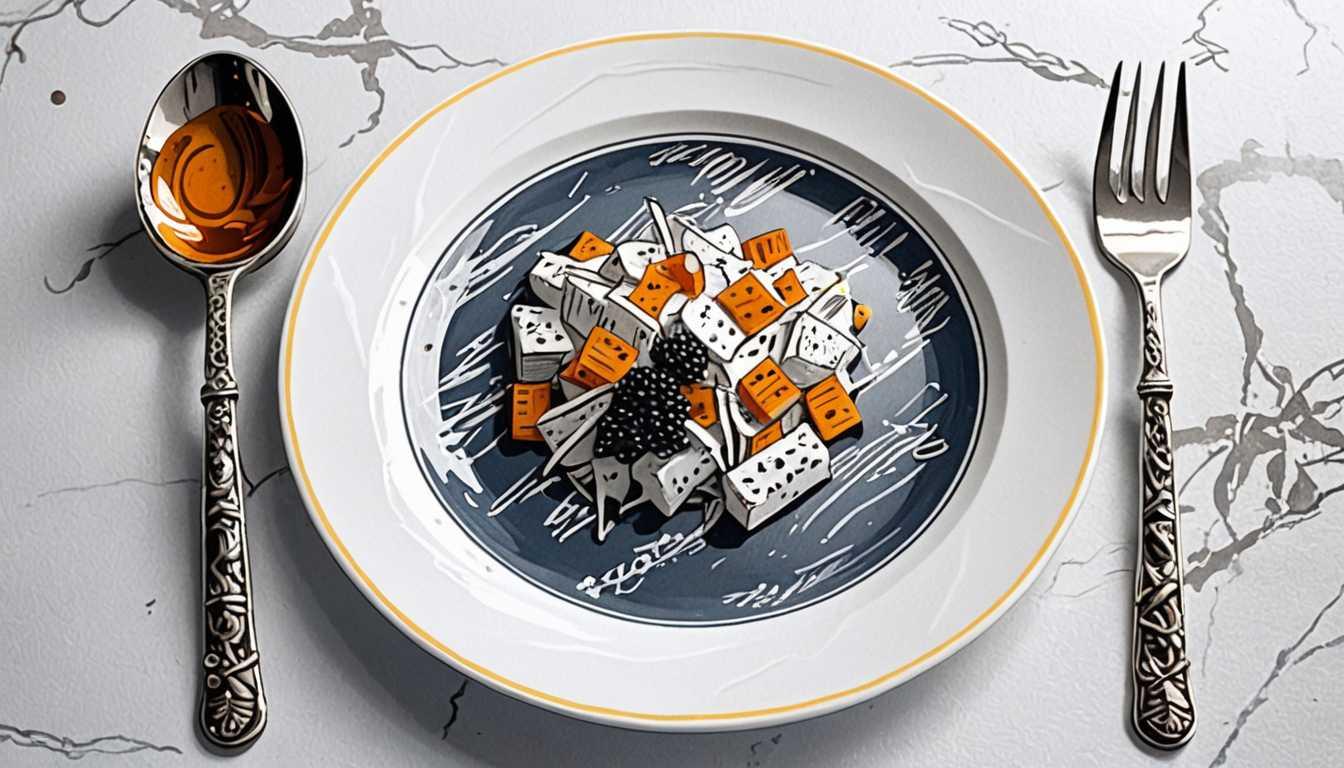Microplastics: Invisible Health Invaders
June 2023
MIT Technology Review
Introduction
Dive into the invisible world with MIT Technology Review's eye-opening article on microplastics! These tiny invaders, smaller than 5mm, have sneaked into human blood, breast milk, and even the depths of the Mariana Trench. Scientists are on a detective mission to uncover how these plastic particles might be throwing a wrench in our immune systems. From the peaks of the French Pyrenees to your next glass of water, microplastics are the uninvited guests at every party. Ready to unravel the mystery of their impact on our health? Let's explore together!
READ FULL ARTICLEWhy It Matters
Discover how this topic shapes your world and future
The Tiny Invaders and Our Body's Defenders
Imagine tiny particles, so small that you can't see them with your naked eye, infiltrating almost every part of our planet - from the peaks of mountains to the depths of the oceans, and even inside our own bodies. These are microplastics, and their presence is raising big questions about our health, particularly our immune systems. The intrigue around microplastics isn't just about their ubiquity; it's about understanding how these minuscule invaders might be affecting our body's natural defenses against diseases. For you, living in a world where microplastics are as common as the air we breathe, grasping the significance of this issue is crucial. It's not just an environmental concern; it's a personal health one that could influence how we live, what we eat, and how we protect our planet.
Speak like a Scholar
Microplastics
Tiny plastic particles less than five millimeters across, found everywhere on Earth, including air, water, and living organisms.
Macrophages
A type of white blood cell in our immune system that engulfs and destroys foreign invaders like bacteria and dead or dying cells.
Polystyrene
A type of plastic used in various products (e.g., packaging materials, disposable cups) that can break down into microplastics.
Immune System
The body's defense system against infectious organisms and other invaders that can cause disease.
Gut Microbiome
The complex community of microorganisms living in the digestive tracts of humans and animals, essential for health and digestion.
Antimicrobial Resistance
The ability of microbes to resist the effects of medications, making infections harder to treat.
Independent Research Ideas
The Impact of Microplastics on Marine Ecosystems
Investigate how microplastics affect marine life, focusing on the ingestion of plastics by seabirds and its consequences on their health and survival. This could reveal broader ecological impacts and inform conservation strategies.
Microplastics as Vectors for Disease
Explore the potential of microplastics to carry harmful bacteria and viruses, examining how these "Trojan horses" could contribute to the spread of diseases in humans and animals. This study would merge environmental science with epidemiology.
Innovations in Recycling
Research the latest advancements in plastic recycling technologies to understand how they could minimize the release of microplastics into the environment. This project could provide insights into sustainable waste management solutions.
The Role of Gender in Immune Response to Microplastics
Delve into the differences between male and female immune systems and how each responds to microplastic exposure. This study could uncover important gender-specific health implications.
Microplastics and Mental Health
Investigate any potential links between microplastic exposure and mental health outcomes. This novel area of study could open up discussions on the broader societal impacts of environmental pollutants.
Related Articles

Plastic: The Uninvited Guest in Our Bodies
October 2024
Harvard Gazette

Decoding DNA's Dark Secrets
April 2023
BBC

Turning Back Time: Biological Age
April 2023
Harvard University

Bacterial Evolution: From Environmental Dweller to Epidemic
July 2024
University of Cambridge

Viruses: Humanity's Tiny Saviors?
May 2023
MIT Technology Review